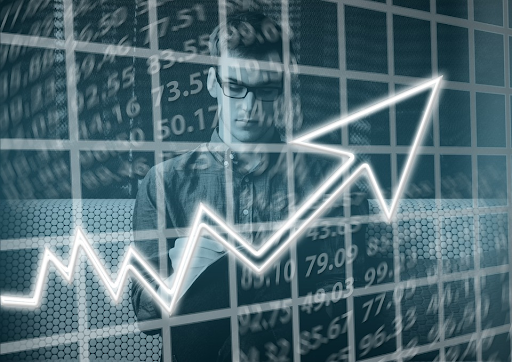
Between the end of March and mid-May this year, foreign funds injected $4.4 billion into Indian stocks, buoying up the Nifty 50 and Sensex indexes close to all-time highs. Not much later, on July 20th, the BSE Sensex index indeed touched ground on the record peak of 67,619.2. Because global traders were viewing India as a safe haven address in a world with sluggish economic vitals, “India’s economy is going from strength to strength”, in the words of Chetan Ahya of Morgan Stanley Asia in May.
In June, however, some analysts pointed out that all this bullish enthusiasm was happening at a time when consumption was not so great. “The sharp rally in mid and small caps seems to be bordering on euphoria”, remarked Kotak Institutional Equities, “as consumption demand remains sluggish and valuations have reached unrealistic levels in most cases”. Another indicator that stocks were overbought was the price-to-earnings (P/E) ratio of India’s small-cap index, which increased from the January figure of 16.39 to 19.6 by June. The P/E of the mid-cap index also rose in that period, up from 23.5 to 24.02.
The Indian equity rally did, indeed, cool down in July, and analysts pointed a finger at traders’ worries the Fed would keep interest rates high, and to China’s faltering economic comeback. Whatever the causes were, the fact remains that over 70% of economists polled by Reuters in August predicted that a large 10% correction was due to hit Indian stocks before the year is out.
But how seriously should we take P/E as an indicator for the future of Indian stocks? And could the future be one of sustained bullishness?
Price-to-Earnings (P/E) Ratio
This ratio compares a share’s current price with its earnings per share, and it’s often looked at by analysts when they want to assess the company’s share value in relation to other shares in the same sector. When they see P/E is low, they know it means the share price is low with respect to earnings, which may inspire traders to buy the stock. Beware, though, because a low P/E doesn’t always have bullish connotations. You must know the reasons why P/E is low in a given case before acting on your information. When P/E looks high, however, it means one of two things: either that shares are overvalued, or that traders are anticipating strong future growth.
The August Selloff
By August 4th, foreign funds had snapped up as much as $15.2 billion in Indian shares for the year. The first week of August, however, was also the first in 15 weeks when they were sold off in stock trading by foreign funds. In that week, which was the same one that saw equities around the world in bear mode after Fitch Ratings downgraded US debt, $238.8 million in Indian shares were dumped. This development might just be “rational behaviour” in an overbought market, suggested Vinod Karki of ICICI Securities. Abhay Agarwal of Piper Serica Advisors remarked that “the recent selling is more of taking profit from stocks that are looking overheated”.
The Terrain Ahead
Given all this selling, the median prediction of Reuters analysts in August was for the Sensex to gain only 1.2% by the end of the year. In addition, with financial conditions tight, this year is expected to see the economy slow down to growth of 6.5%, as compared with last year’s 7.2%.
Deloitte expect growth to accelerate to 6.6% in the next fiscal year, and then to 7.2% in the following year. They see inflation as one of the major headwinds for the economy, especially if dry weather conditions drive away many of the coming monsoons.
Multinational corporations have shown interest in setting up manufacturing facilities in India, which may be fostered by rising tensions between the U.S. and China. Some strategists have expressed concern, however, that Prime Minister Modi’s “Make in India” project, which taxes the inflow of foreign parts, could sour this sentiment.
In CFD stock trading, you trade in the price movements of stocks, whether they’re upward or downward, using “buy” and “sell” deals, respectively. Therefore, you stand to gain from both upturns and downturns in the market. On the iFOREX trading platform, you can trade CFDs in the prices of hundreds of financial instruments, from commodities to cryptocurrencies to forex pairs. Signups get access to iFOREX’s education centre, which you can visit whenever you need to brush up on your knowledge or skills.
